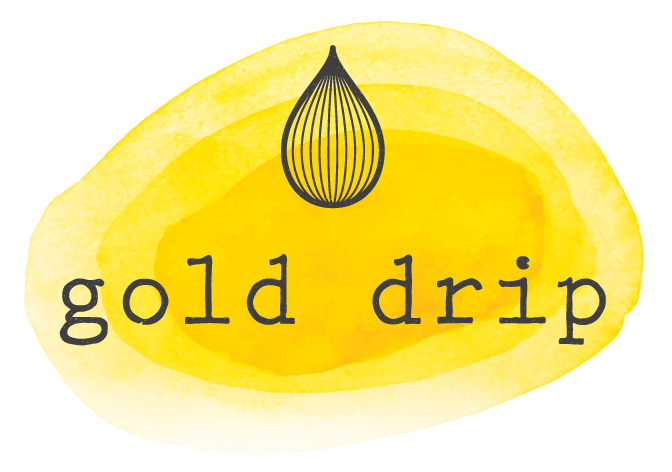Turmeric
Turmeric is a healing food. When people ask about the health benefits of turmeric, it’s nearly impossible to answer in one sentence. Our naturopathic brains are sent into overdrive, trying to condense this complex puzzle of biochemical pathways and body systems into a few simple words.
Stirring turmeric into warm milk drinks is nothing new. “Haldi Doodh”, which means turmeric milk in hindi, has been prescribed in ancient ayurvedic medicine in India for at least 5,000 years. (Interestingly, the traditional recipes call for fresh grated turmeric and ginger). In ayurvedic medicine, turmeric milk has been used as a digestive tonic, a blood circulation stimulant, immune system modulator, an enhancer of detoxification and a blood cleanser.
Looking at the science, it all starts with the curcuminoids, those heavily researched chemical components found in the volatile oils of turmeric. Curcumin in particular is the most researched, although each of the curcuminoids play their part. These compounds are powerful antioxidants and anti-inflammatories. Considering that inflammation is the precursor to all disease states, you can see why it’s easy to think of turmeric as a cure-all. Some of the most well-researched uses of turmeric as a medicine include in the relief of pain, particularly arthritis, as an anti-depressant and mood enhancer, in treating acne and brightening skin, in weight loss and regulating blood sugar, in soothing digestive discomfort and reducing the risk of developing cardiovascular disease and cancer.

